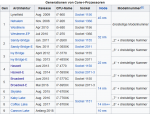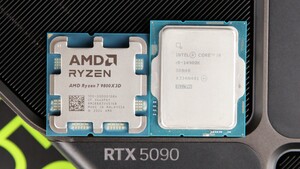While KeePass is running, sensitive data (like the hash of the master key and entry passwords) is stored encryptedly in process memory. This means that even if you would dump the KeePass process memory to disk, you could not find any sensitive data.
Furthermore, KeePass erases all security-critical memory when it is not needed anymore, i.e. it overwrites these memory areas before releasing them.
KeePass uses the Windows DPAPI for encrypting sensitive data in memory (via CryptProtectMemory / ProtectedMemory). With DPAPI, the key for the memory encryption is stored in a secure, non-swappable memory area managed by Windows. DPAPI is available on Windows 2000 and higher. KeePass 2.x always uses DPAPI when it is available; in KeePass 1.x, this can be disabled (in the advanced options; by default using DPAPI is enabled; if it is disabled, KeePass 1.x uses the ARC4 encryption algorithm with a random key; note that this is less secure than DPAPI, mainly not because ARC4 cryptographically is not that strong, but because the key for the memory encryption is also stored in swappable process memory; similarly, KeePass 2.x falls back to encrypting the process memory using ChaCha20, if DPAPI is unavailable). On Unix-like systems, KeePass 2.x uses ChaCha20, because Mono does not provide any effective memory protection method.
For some operations, KeePass must make sensitive data available unencryptedly in process memory. For example, in order to show a password in the standard list view control provided by Windows, KeePass must supply the cell content (the password) as unencrypted string (unless hiding using asterisks is enabled). Operations that result in unencrypted data in process memory include, but are not limited to: displaying data (not asterisks) in standard controls, searching data, and replacing placeholders (during auto-type, drag&drop, copying to clipboard, ...).
https://keepass.info/help/base/security.html




